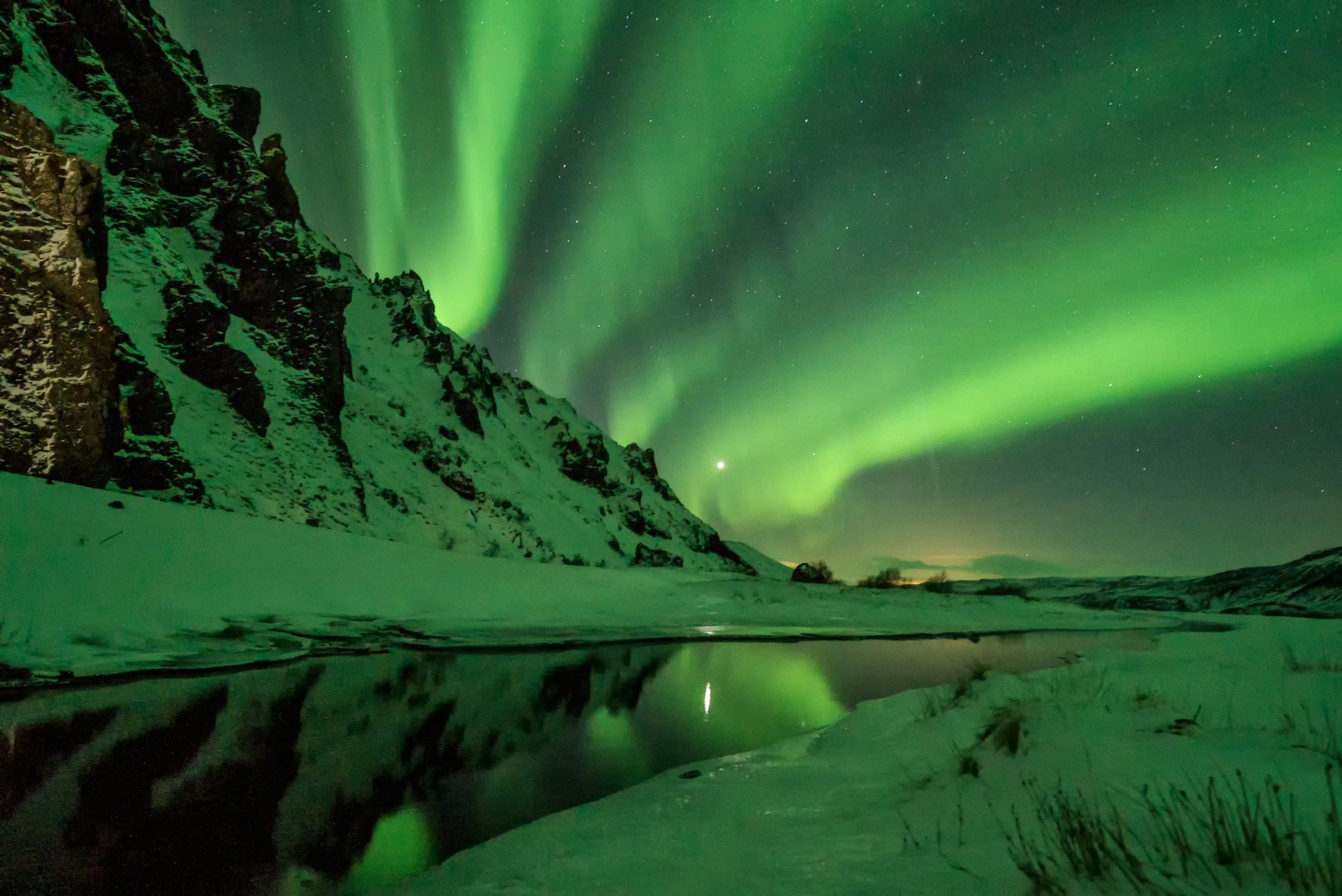
Skywatchers across the globe are bracing for a spectacular display of the aurora borealis and aurora australis this weekend and into early next week, as a potent geomagnetic storm is anticipated to impact Earth. The 3-day aurora forecast indicates heightened activity, with a Coronal Mass Ejection (CME) expected to arrive on Sunday, June 1, 2025, potentially triggering G4 (Severe) geomagnetic storm levels. This elevated activity means the ethereal lights, commonly known as the Northern and Southern Lights, could be visible from regions far beyond their usual polar domains.
Geomagnetic Storm Aurora Forecast: A Global Phenomenon
A powerful CME, originating from a significant M-class solar flare observed on May 30, is hurtling towards Earth. While the exact timing of impact remains somewhat uncertain, models suggest arrival during the UTC morning of June 1, with conditions potentially intensifying to G4 levels by Monday, June 2. This robust solar activity has prompted space weather agencies like NOAA's Space Weather Prediction Center and the Australian Space Weather Forecasting Centre (ASWFC) to issue alerts, with a G4 (Severe) geomagnetic storm watch in effect.
Australia and New Zealand: Southern Lights in the Spotlight
For residents of Australia and New Zealand, the aurora australis is poised for a significant enhancement. Southern parts of Australia, particularly Tasmania and Victoria, along with a wide swathe of New Zealand, especially the South Island, have the highest probability of seeing the Southern Lights. With longer hours of darkness aiding visibility, prime viewing locations in New Zealand such as Dunedin's Second Beach, Sandfly Bay, and Hoopers Inlet, as well as dark sky areas across southern Australia, are preparing for a potential show. While strong auroras may be visible to the naked eye during severe storm conditions (Kp 7-9), even a moderate Kp (4-6) can yield camera-visible displays.
Fairbanks Aurora Forecast & Beyond: Northern Lights Opportunities
In the Northern Hemisphere, the aurora borealis is expected to light up skies over traditional aurora hotbeds like Fairbanks, Alaska, and other high-latitude regions in Canada, Scandinavia (Norway, Sweden, Finland), Iceland, Greenland, and Russia. However, due to the anticipated G4 storm, the auroral oval is predicted to expand significantly, bringing the Northern Lights to much lower latitudes than usual. This means areas in the continental United States, including states as far south as Washington, Montana, North Dakota, Minnesota, and potentially even Illinois and Oregon, could witness the aurora. Even regions like northern Scotland and parts of central Europe might get a glimpse under clear, dark skies. The University of Alaska Aurora Forecast (UAF aurora forecast) and other similar resources like My Aurora Forecast and Alert apps will be crucial for real-time updates and localized predictions.
Aurora Alert and Space Weather Live: Stay Informed
As the geomagnetic storm unfolds, staying informed is key. Websites and apps like Space Weather Live and the NOAA Space Weather Prediction Center offer real-time data, including the aurora 30 minute forecast and Kp index updates. The Kp index, a measure of geomagnetic activity, provides a valuable indicator of aurora strength and potential visibility. A high Kp value (7 or higher) is typically required for auroras to be seen at lower latitudes. Observers are advised to seek out dark locations away from city lights, and to be patient, as the best displays often occur between 9 PM and 2 AM local time.
This presents a rare and exciting opportunity for many to witness the mesmerizing beauty of the aurora. Keep an eye on space weather updates and look to the skies!
